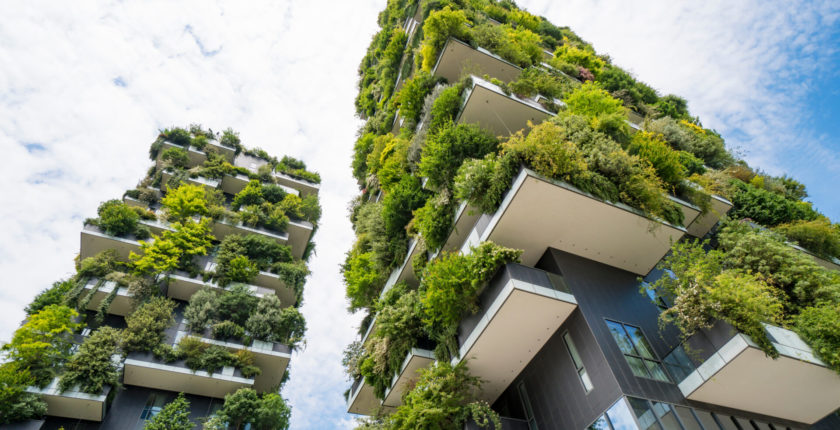The Benefits of Green Building Techniques in Sustainable Construction
As concerns about environmental sustainability continue to grow, the construction industry has been making significant strides towards implementing green building techniques. Green building, also known as sustainable construction, is an approach that focuses on reducing the environmental impact of buildings by utilizing environmentally friendly materials, techniques, and design strategies. In this blog, we will explore the benefits of green building techniques in sustainable construction and how they contribute to a more sustainable and eco-friendly built environment.
Environmental Benefits
One of the primary advantages of green building techniques is their positive impact on the environment. Green building practices prioritize the use of sustainable materials, such as recycled or renewable materials, which reduces the demand for natural resources and minimizes waste. Additionally, green building techniques often involve using energy-efficient technologies, such as solar panels, LED lighting, and high-performance insulation, which significantly reduce the building’s carbon footprint and overall energy consumption. These practices help to lower greenhouse gas emissions, combat climate change, and protect the environment for future generations.
Economic Benefits
Green building techniques also offer significant economic benefits. While the initial costs of implementing green building techniques may be slightly higher than conventional construction methods, the long-term cost savings are substantial. Energy-efficient technologies, for example, can significantly reduce operational costs by lowering energy bills, saving water, and minimizing waste disposal costs. Green buildings are also known to have higher property values, as they are often in high demand due to their lower operating costs and positive environmental impact. Moreover, green building certifications, such as LEED (Leadership in Energy and Environmental Design), can enhance a building’s marketability and attract more tenants or buyers.
Health and Well-being Benefits
Green building techniques prioritize the health and well-being of building occupants. For example, green buildings are designed to provide ample natural light, optimize indoor air quality, and use non-toxic materials, which contribute to a healthier indoor environment. This, in turn, can lead to improved health and well-being for the occupants, including increased productivity, reduced absenteeism, and better overall quality of life. Green building techniques also promote the use of green spaces, such as rooftop gardens or courtyards, which provide opportunities for recreation, relaxation, and improved mental health.
Social Benefits
Green building techniques also offer social benefits to communities. Green buildings often prioritize the use of local materials and labor, which can create job opportunities and stimulate the local economy. Additionally, green buildings are designed to be more resilient to natural disasters, such as hurricanes or earthquakes, which can help protect the safety and well-being of communities in vulnerable areas. Green building techniques can also contribute to social equity by providing affordable housing options, promoting inclusivity, and addressing social disparities in the built environment.
Long-term Sustainability
Another significant benefit of green building techniques is their long-term sustainability. Green buildings are designed to be durable, energy-efficient, and environmentally responsible, which reduces their impact on the environment over their lifespan. Green building techniques also prioritize the use of renewable resources, such as solar or wind power, which are sustainable and inexhaustible sources of energy. This long-term sustainability ensures that green buildings continue to provide benefits to the environment, the economy, and society for many years to come.
In conclusion, green building techniques in sustainable construction offer numerous benefits, including environmental, economic, health and well-being, social, and long-term sustainability advantages. By prioritizing the use of environmentally friendly materials, energy-efficient technologies, and sustainable design strategies, green buildings contribute to a more sustainable and eco-friendly built environment, which benefits not only the current generation but also future generations to come.

